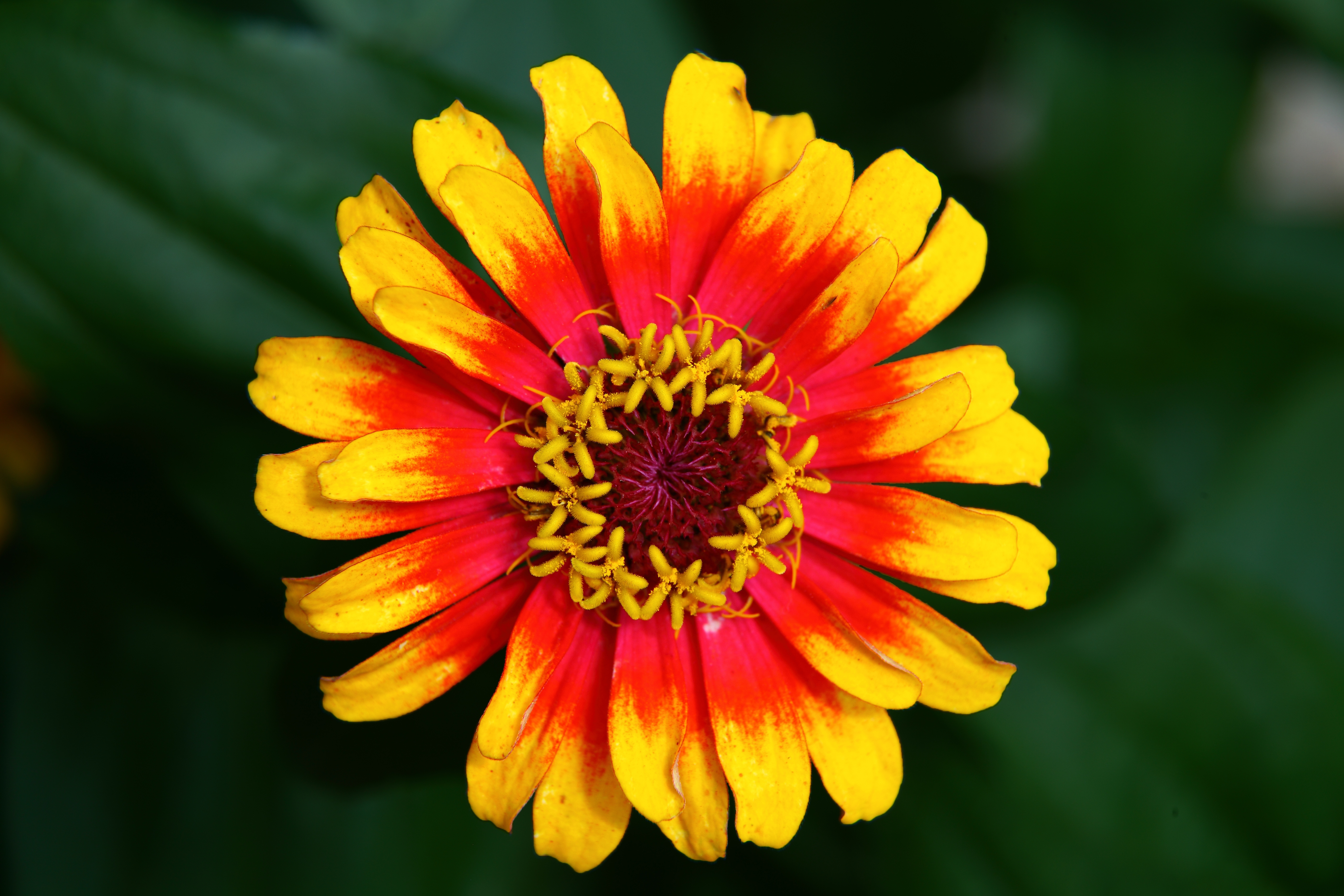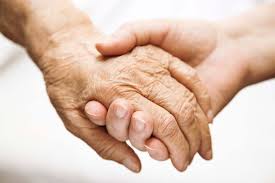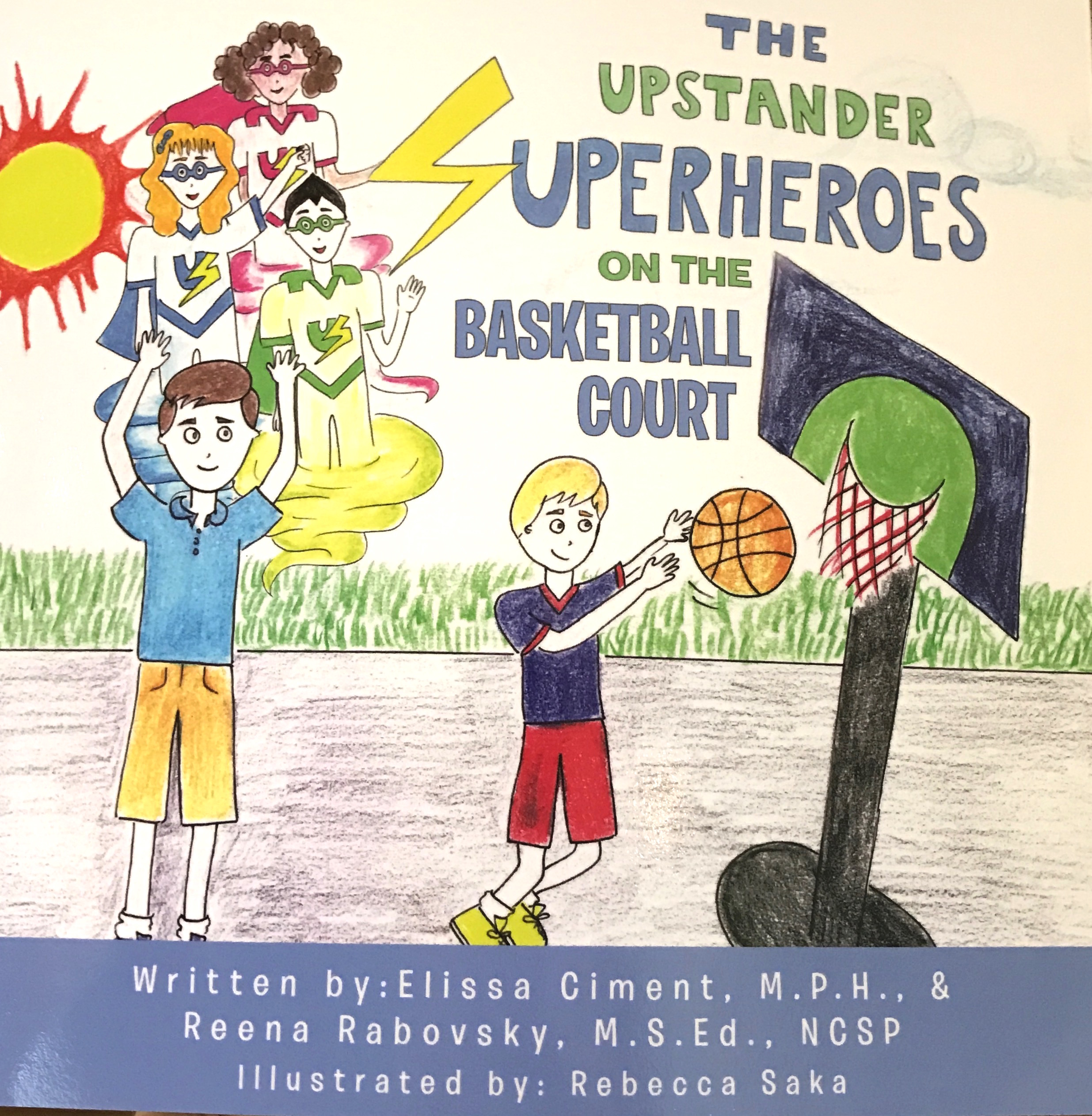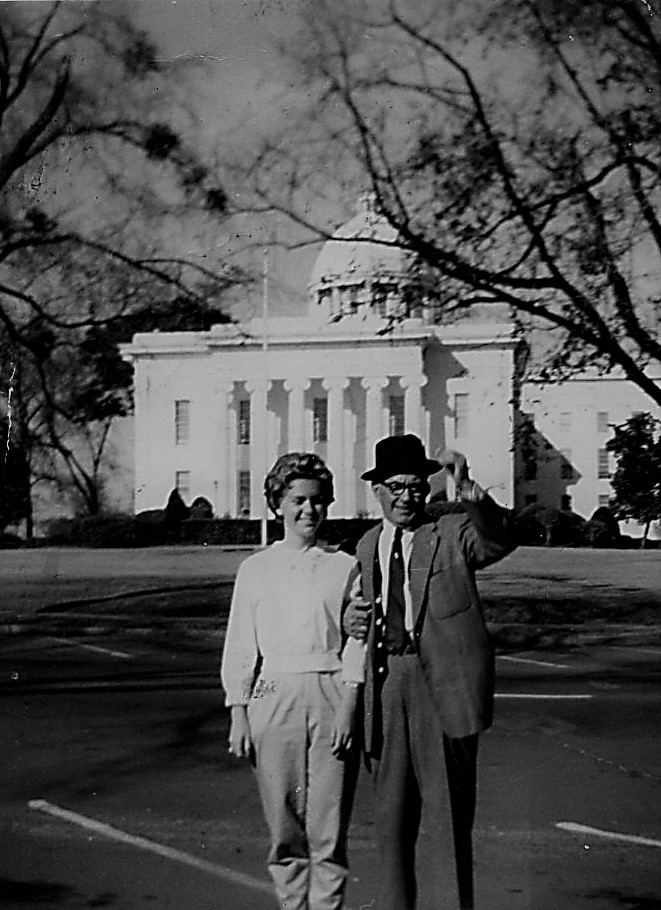Living Life to the End

There are many reasons why it is difficult to talk about the period of time we call the end of life. Most obviously, it is a subject we would prefer to consider theoretical. But, like many aspects of life that are difficult to discuss, our approach to the end of life is an important topic that is often misunderstood.
In working with Seasons Hospice and Palliative Care as the director of Jewish Hospice Services, I have gained some insights into the end of life experience. Written with the encouragement of those involved in end of life within the frum community, this short series will shed some light on how we approach this part of life as frum Jews. Future articles will focus on how to plan ahead and on ways to find meaning and strength even when life is limited. In this article, we will provide an overview of the halachos, values, and practical realities that guide our thinking about this issue.














